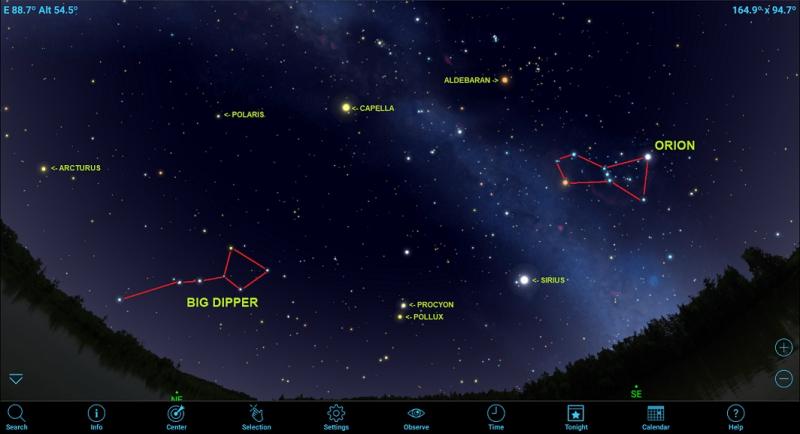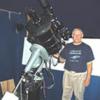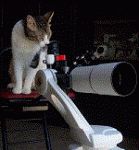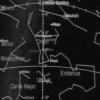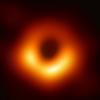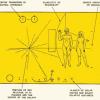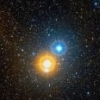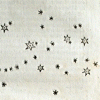A complicating factor is that over an orbit of the galaxy, the Sun's orbit is tilted 60 degrees, so it will weave back and forth through the disk, seeing it from above/below and in-line. That will change the appearance of the galaxy considerably even if it remained with the same wedge of disk throughout and even if the disk were unwarped. And it most likely would not remain with the same wedge due to the tilt and accelerating/deceleration through the local bulk masses.. I think you can see this weaving impact in the changing shape of the star stream rotation patterns in the Wiki galactic year animation. The disk is made up of many streams.
EDIT: The 60 degree figure is for the ecliptic plane tilt. I should have checked this more closely because it seemed far higher than I expected. Unfortunately, when I was looking for this many of the diagrams were unclear or stated things poorly while showing the oscillation I am talking about. The actual oscillation is on the order of ~63 million years, so roughly 1/4 of a galactic year. The distance above and blow the plane of the galaxy is not as large as some of the illustrations suggested, only about 17 parsecs above at present according to a 2016 study (link.) I am unsure how far above and below it goes, but an answer to this claims 100 parsecs on each side every 70 million years (link), but the actual research paper is behind a paywall. Anyway, perspective relative to the galactic plane will change by +/- 100 parsecs as we orbit, versus a distance of ~25,600 years from the center of the galaxy. This is not a large angular change in perspective along the disk as a whole...although locally 200 parsecs movement up and down (N/S galactic plane) might appear so relative to nearby bright MW features.
Edited by Redbetter, 30 July 2021 - 03:42 AM.




